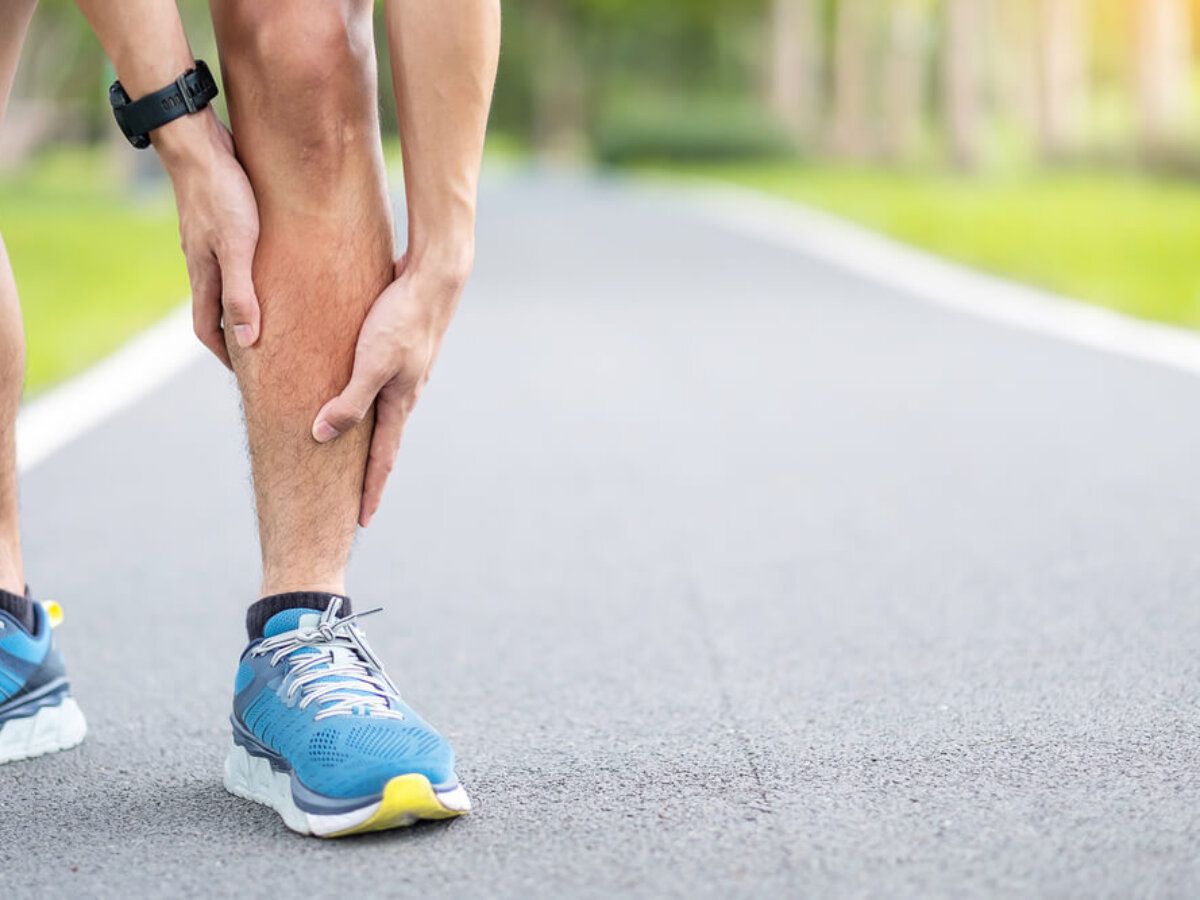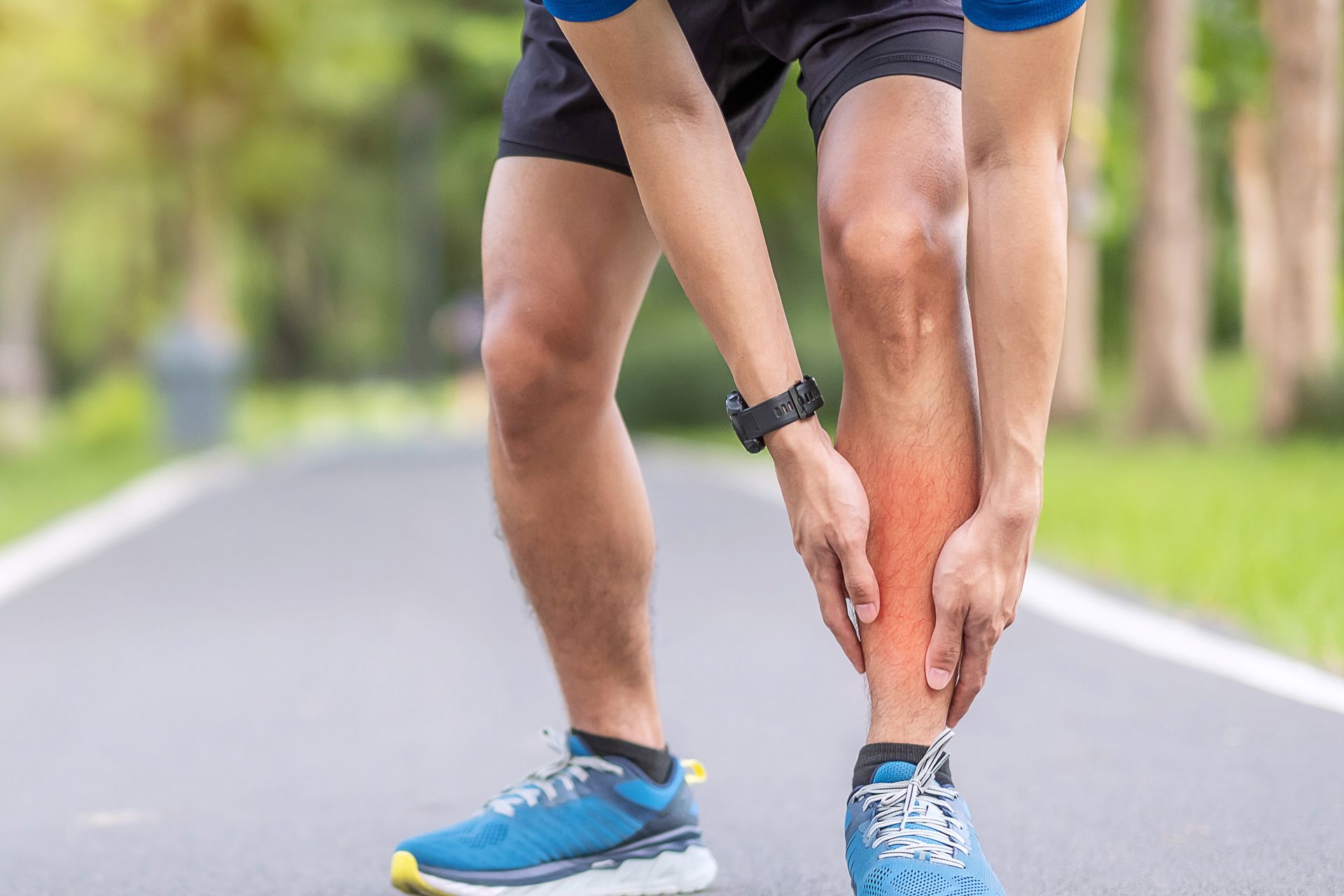Lower Limb Pain
The lower limb is classed as the anatomical structures that reside below the knee, more commonly known as the calf area, however the anatomy in this region can be quite complex.
Within the lower limb are the muscles that run and attach at various different points within the heel, foot and ankle that are responsible for propulsion and absorption of ground forces (such as running)
The lower leg is divided into four compartments, which is maintained via fascia (a thick layer of tissue which surrounds muscles throughout the body) and the two main bones of the lower limb – the tibia and the fibula.
These four compartments are:
• Deep Posterior Compartment
– within this compartment are the tibialis posterior, flexor hallucis longus, flexor digitorum longus and popliteus muscles
• Superficial Posterior Compartment
– Gastrocnemius, plantaris and soleus muscles
• Lateral Compartment
– Peroneus Longus and Peroneus Brevis muscles
• Anterior Compartment
– Tibialis Anterior, extensor hallucis longus and extensor digitorum longus muscles
The 2 main muscles that create the shape of the lower limb, the soleus and the gastrocnemius, attach at the heel bone and are responsible for plantar flexion (going up onto your toes). The other muscles mentioned above have long tendons that run down into the foot and ankle to help provide movement and stability of the toes.
Along with these tendons are nerves and blood vessels that original from around the pelvis which run through the thigh and into the lower limb into the foot. As the lower limb is divided into compartments, any increase in pressure within a compartment (mainly the anterior compartment) can lead to compression of these structures and cause symptoms such as weakness and paraesthesia.
Other injuries commonly seen in the lower limb / calf complex are shin splints and calf strains.









